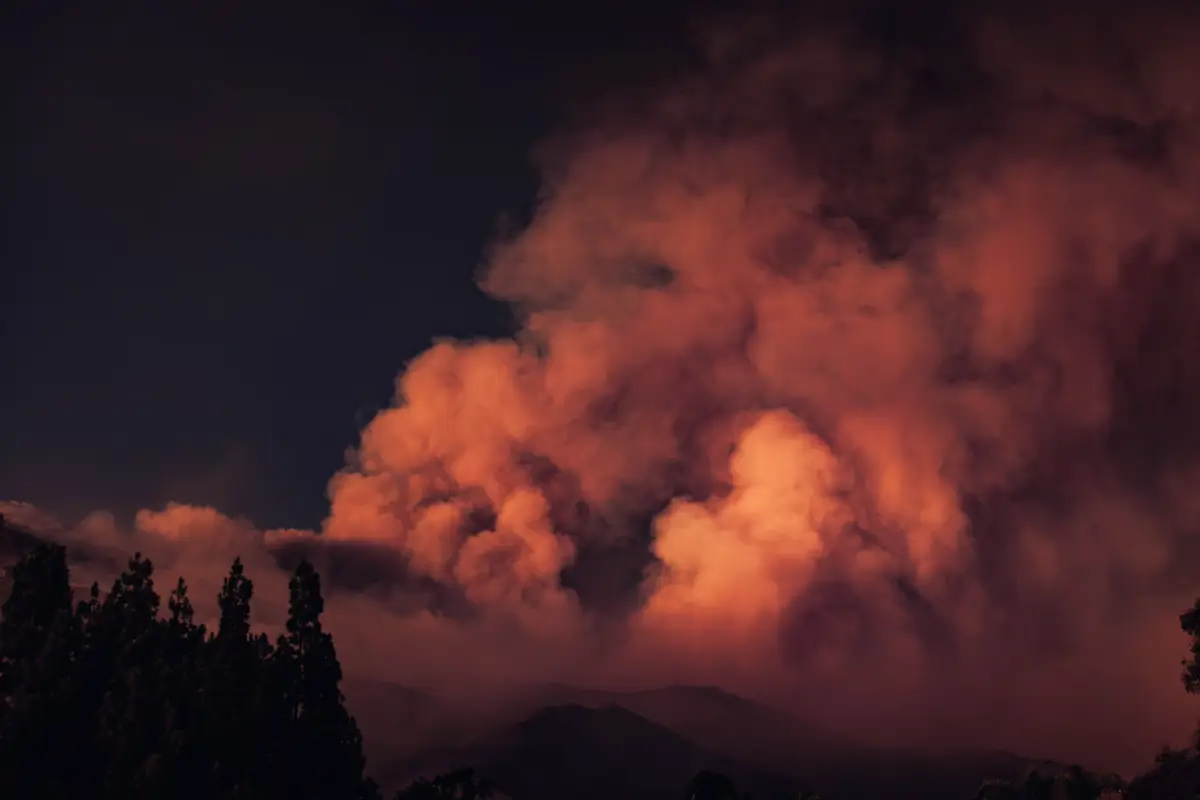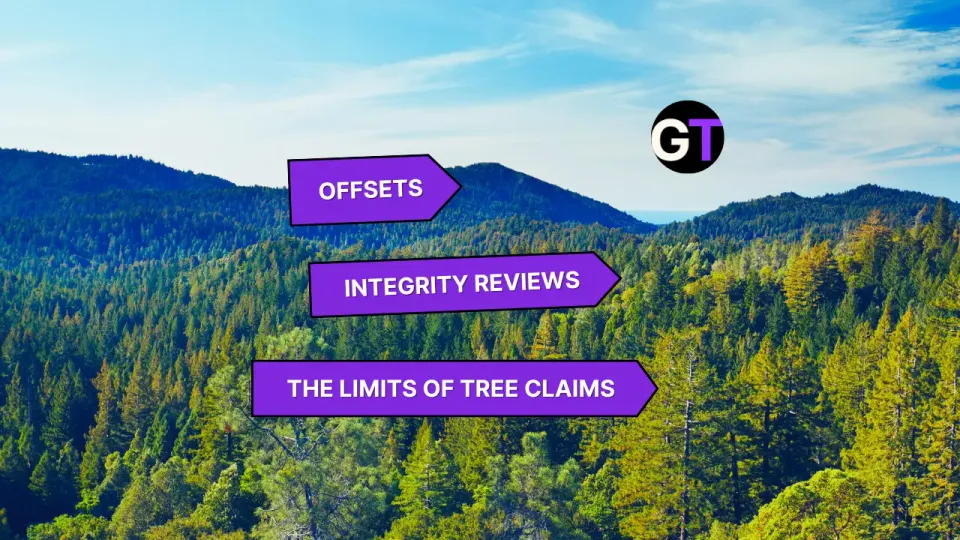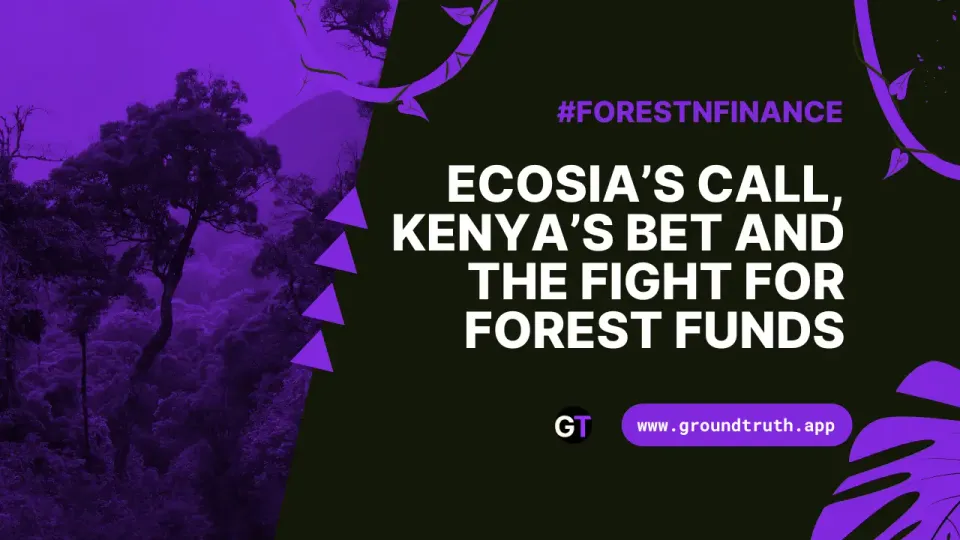4 Graphics Explain Los Angeles’ Devastating January Fires
January wildfires in Los Angeles, fueled by climate change, broke records, displacing 175K+ and killing 5. Early-season fires are rare but rising.

This article by James MacCarthy and Jessica Richter was originally published by the World Resources Instiute.
Wildfires have been rapidly spreading across the Los Angeles area since Jan. 7, displacing upwards of 175,000 people and claiming at least five lives as of Jan. 9. The Palisades fire — the first to erupt and the biggest blaze so far — is already the most destructive fire in Los Angeles County history, engulfing over 17,000 acres and devastating surrounding communities. And the toll will only grow until fires around the city can be contained.
While California is no stranger to summer wildfires, this January outbreak is an extreme outlier, fueled by unusually severe fire weather conditions across the state's southern region. It is a stark reminder that climate change is making wildfires more frequent, intense and destructive than ever before — with individual lives, homes and businesses paying the price.
Data on WRI's Global Forest Watch platform shows just how uncommon L.A.'s current fires are, and how fire trends are changing as the planet warms.

Large Wildfires Are Rare in California this Early in the Year
Fire alerts, which use satellite data to detect fires based on the heat they generate, have been on the rise as fires spread across Los Angeles County. Over 60 fire alerts have already been detected as of Jan. 9 — more than 40 times the average for the first two weeks of the year from 2012-2024.
During most years, no fire alerts are detected in Los Angeles in the first three months of the year, let alone the first two weeks. Only one other year, 2021, had more than 10 fire alerts between January and March. That year went on to become one of California's most devastating for wildfires.

In California, wildfire season typically starts in June and continues through October, when the weather is hot and dry. Weather conditions change toward the end of the year, bringing rainfall to much of the state. Cool temperatures and rain during the winter months typically keep wildfire activity low.
This year, the rain did not arrive in Los Angeles. Following a summer of record-breaking temperatures and extreme heat, rainfall since October is far below normal for this time of year: only about 4% of the typical amount. This lack of rainfall, combined with strong and dry Santa Ana winds, led to a surge in fire activity this week.
Fire Activity Is on the Rise in California
While these early season fires are rare, forest fires in general have become increasingly devastating for Californians over the past two decades, threatening lives and communities from Napa County in the north to San Diego in the south.
Fire is, on average, the largest driver of tree cover loss in the state. In 2020 and 2021, California lost a record amount of tree cover due to fire: over 700,000 hectares, or more than 5 times the area of Los Angeles. These wildfires had catastrophic impacts; claiming lives, ravaging ecosystems and causing billions of dollars in property damage.
Image courtesy of WRI
What's Fanning the Flames?
The increasing frequency and intensity of wildfires in California can be attributed to a combination of natural and human-induced factors, with climate change playing a central role. Rising global temperatures have created hotter, drier conditions across the landscape. This makes fires not only more likely to ignite but also easier to spread. The hottest years on record globally — 2023 and 2024 — have seen extreme heat intensify droughts and dry out vegetation, creating an ideal fuel source for wildfires.
Image courtesy of WRI.
Southern California is also frequently affected by the Santa Ana winds, which bring strong, dry gusts that further fuel the fires and make containment difficult. This combination of heat, dryness and wind is compounded by the fact that communities are increasingly being built near vegetated areas (known as the "wildland-urban interface"), putting both people and their built environment at greater risk. As average temperatures in California continue to rise, so does its vulnerability to catastrophic fires.
Increasing Wildfires Are a Global Challenge
The increasing size and severity of wildfires in California is not an isolated event. Climate change is making wildfires more frequent and intense around the globe, resulting in larger forest fires worldwide. Hot and dry weather conditions brought on by climate change result in longer and more severe fire seasons and make bigger areas more prone to wildfires.
With each fraction of a degree of warming, the risk of wildfires significantly increases. As one of the primary risk factors associated with wildfires, it is critical that countries work together to reduce carbon emissions and keep global temperatures below the threshold set by the Paris Climate Agreement.
While it is too early to tell how bad 2025 will be for wildfires, we know which direction long-term trends are headed. Taking steps to protect communities and curb climate change cannot wait.
To view historical fire trends, track fire activity in 2025 and sign up to receive fire alert notifications, visit the Global Forest Watch map and platform.
License
MacCarthy, James, and Richter, Jessica. “4 Graphics Explain Los Angeles’ Rare and Devastating January Fires.” World Resources Institute, January 9, 2025. Republished under the Creative Commons Attribution 4.0 International License.




